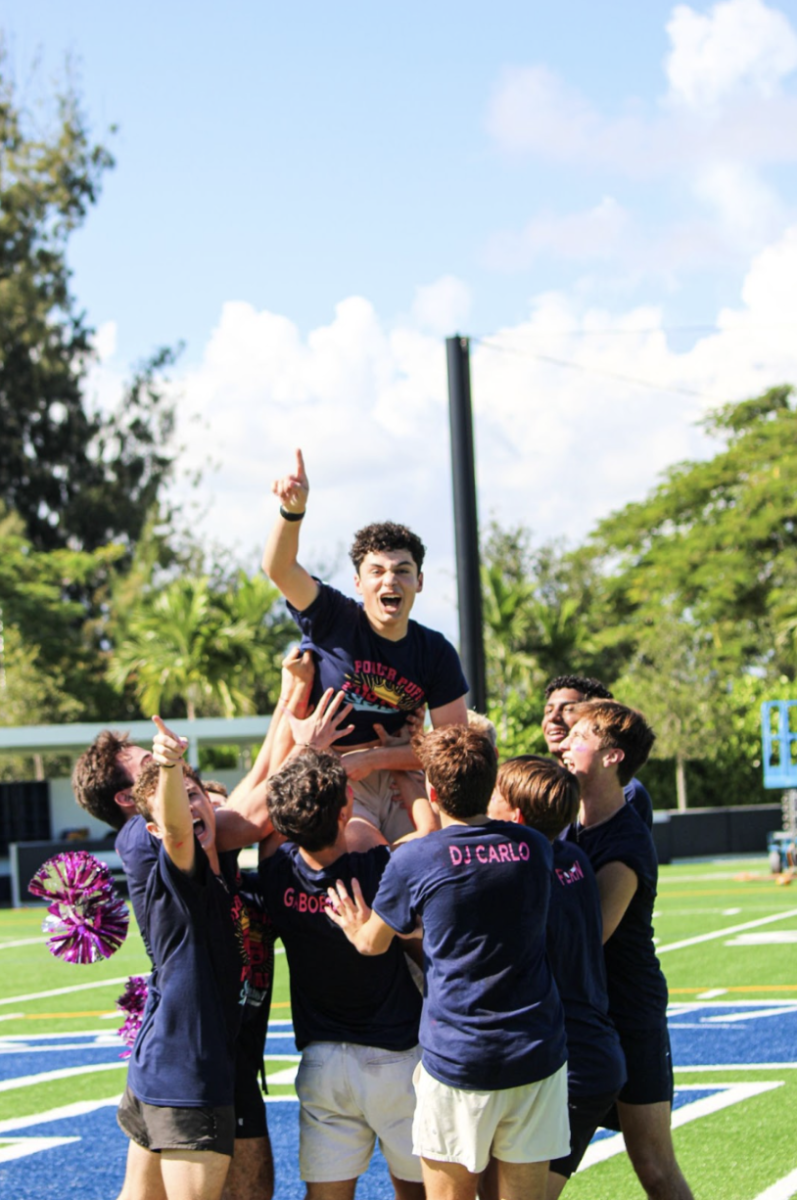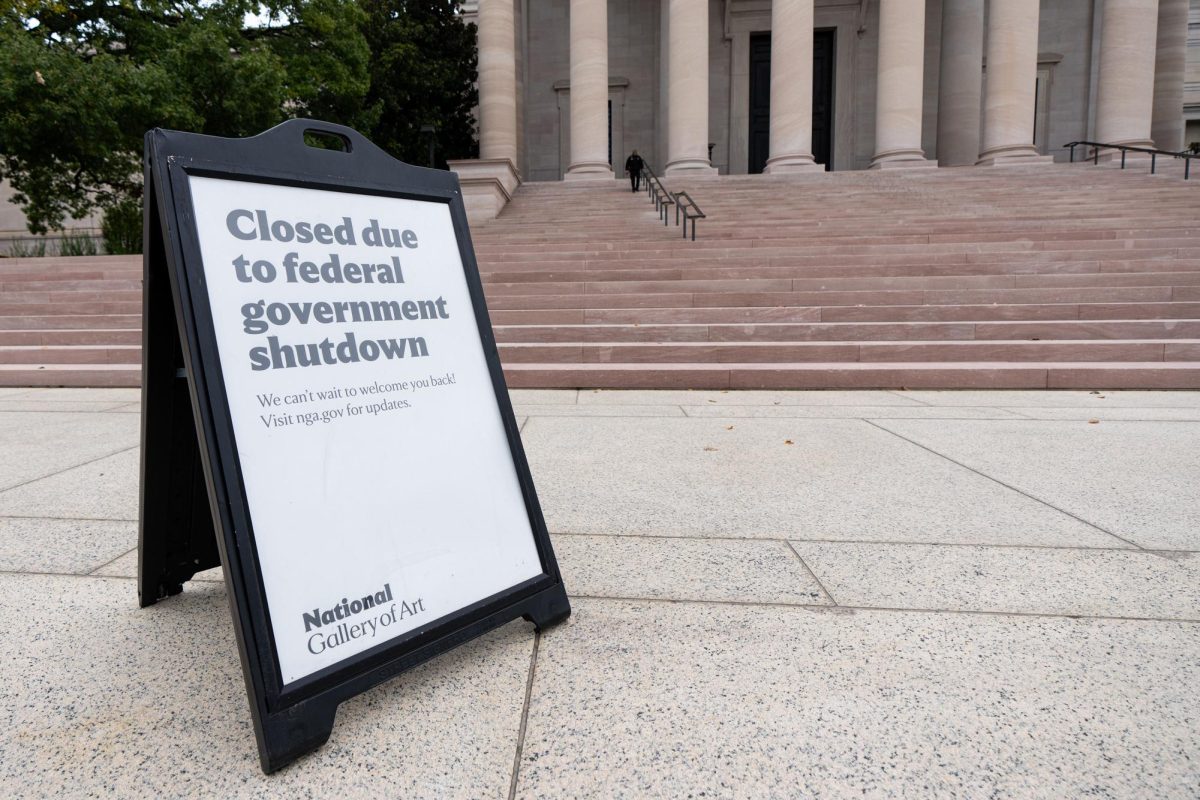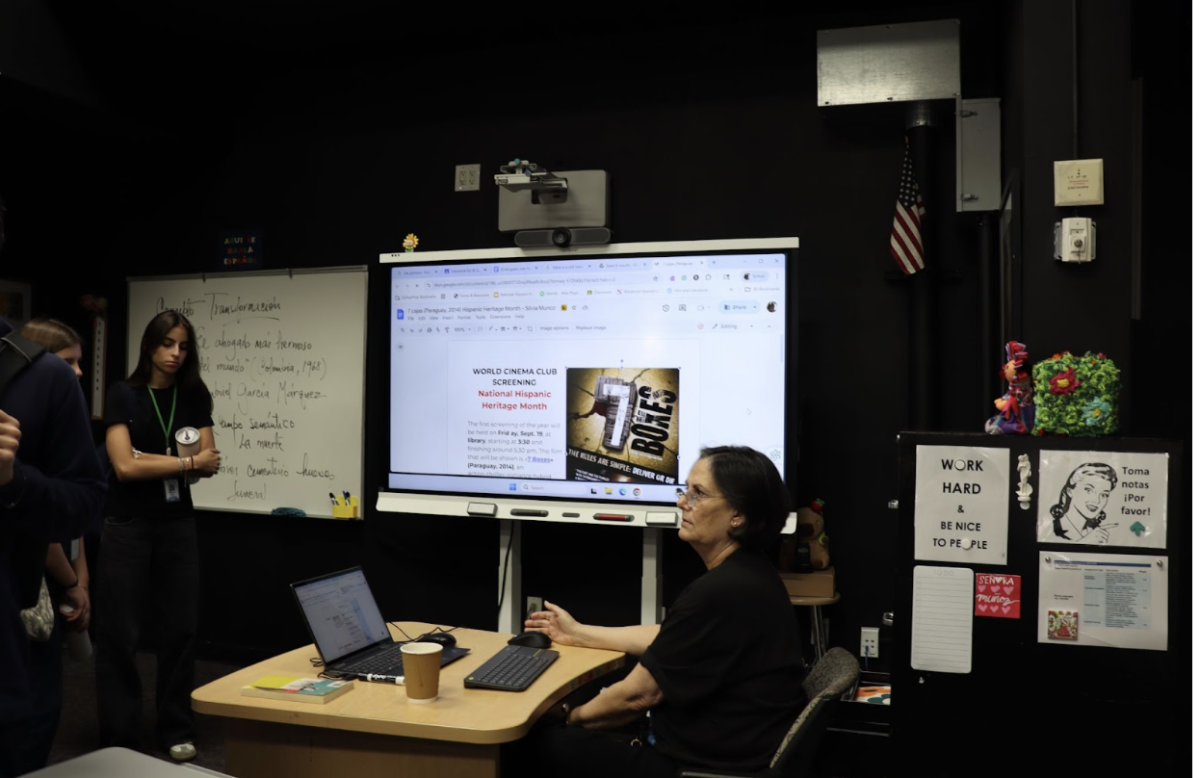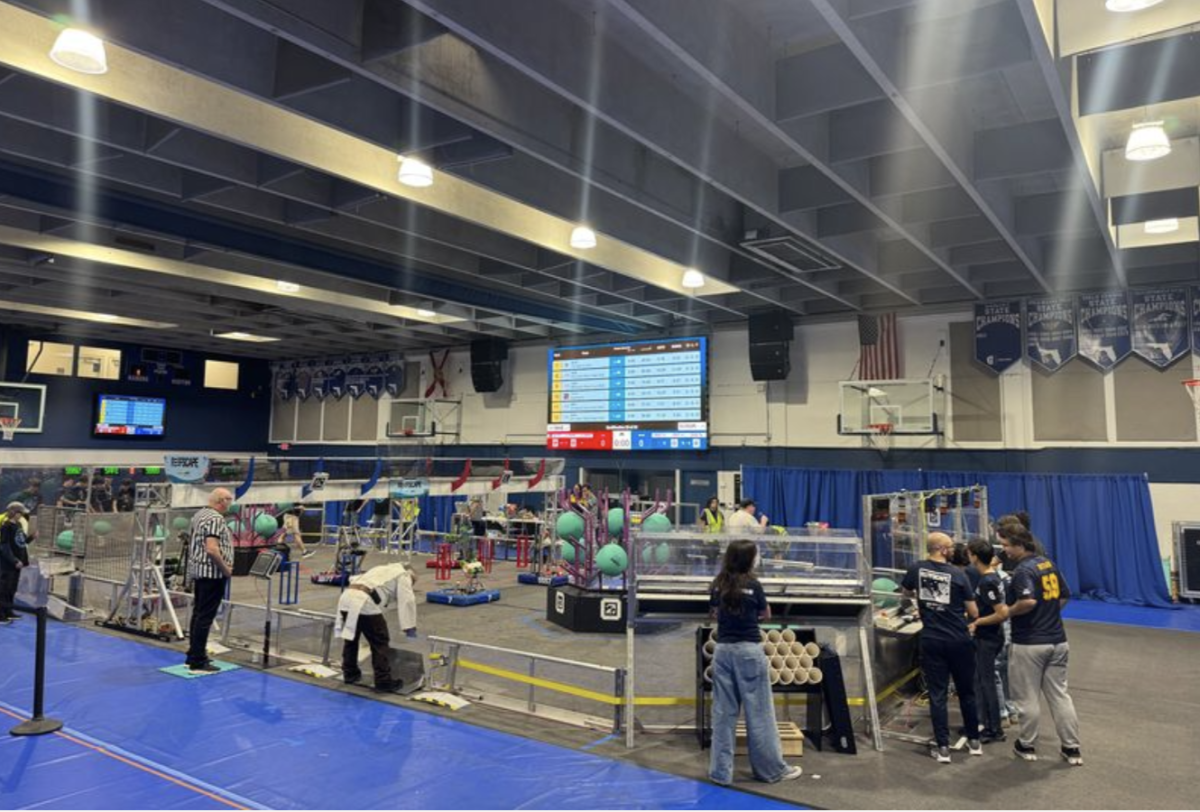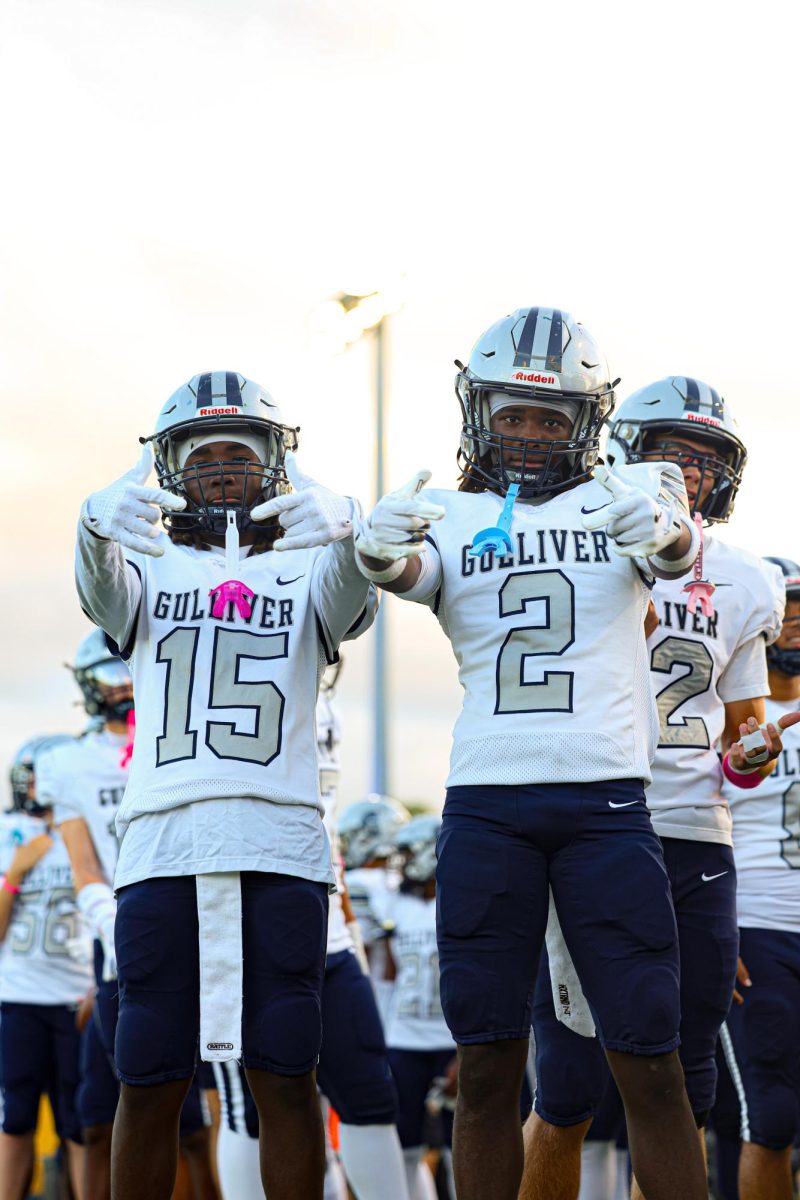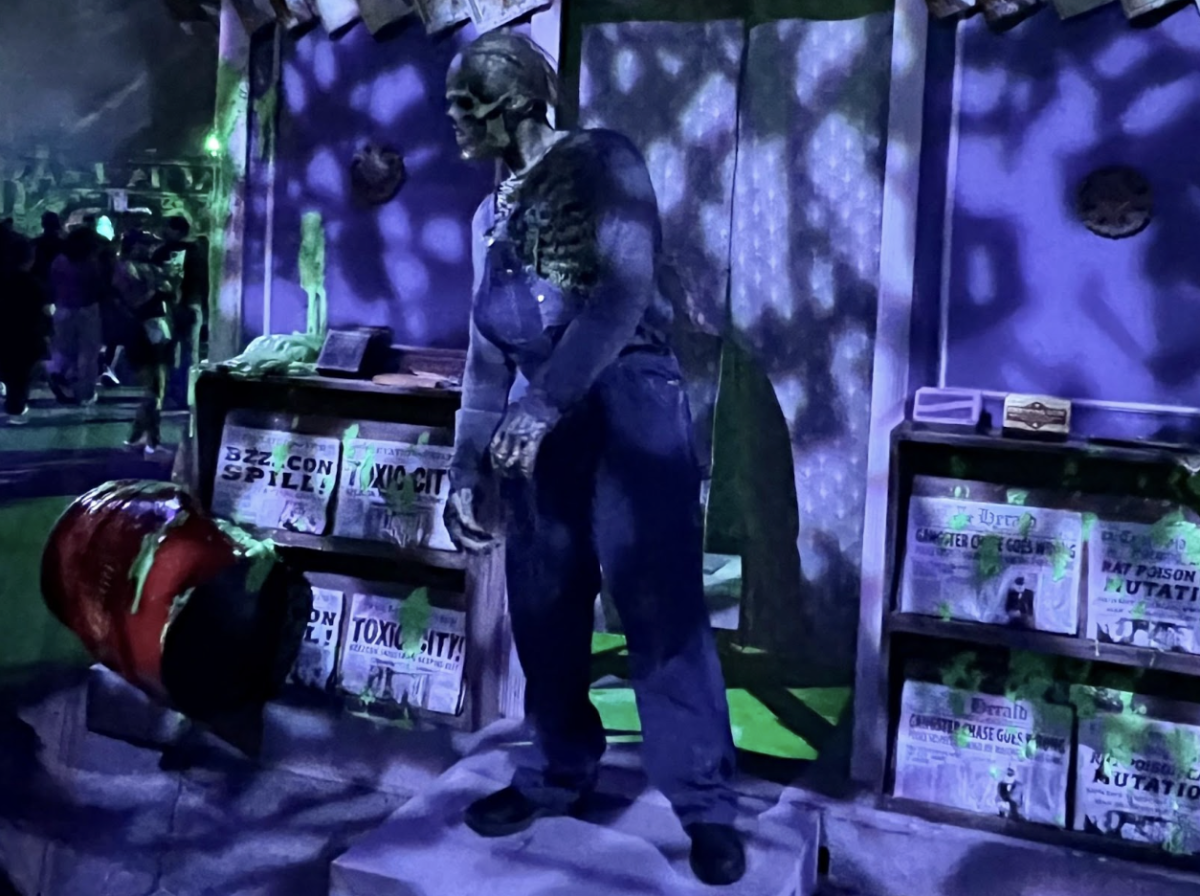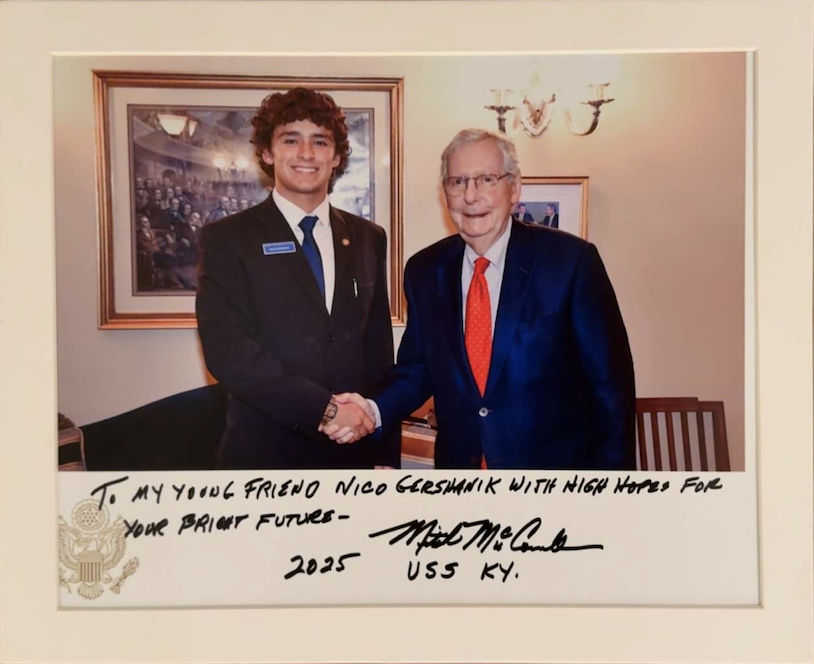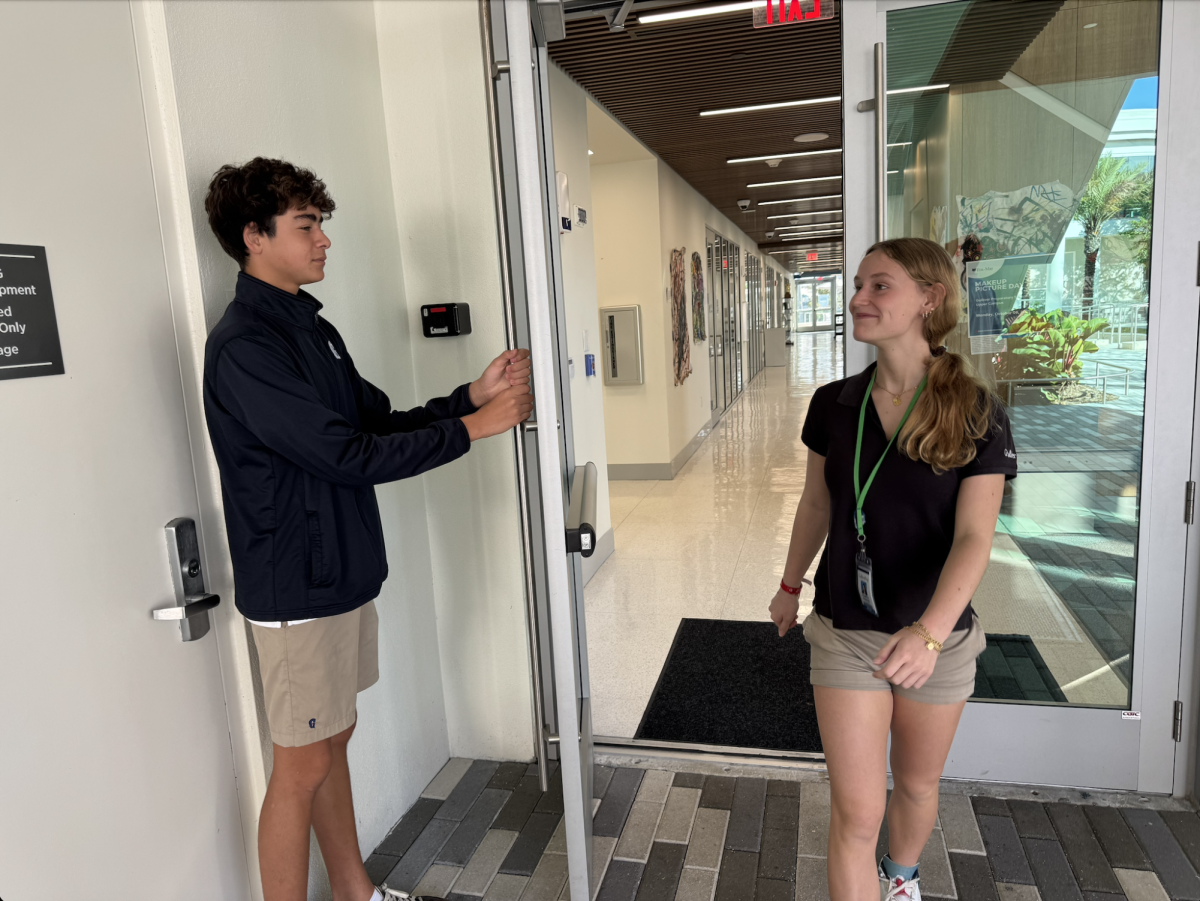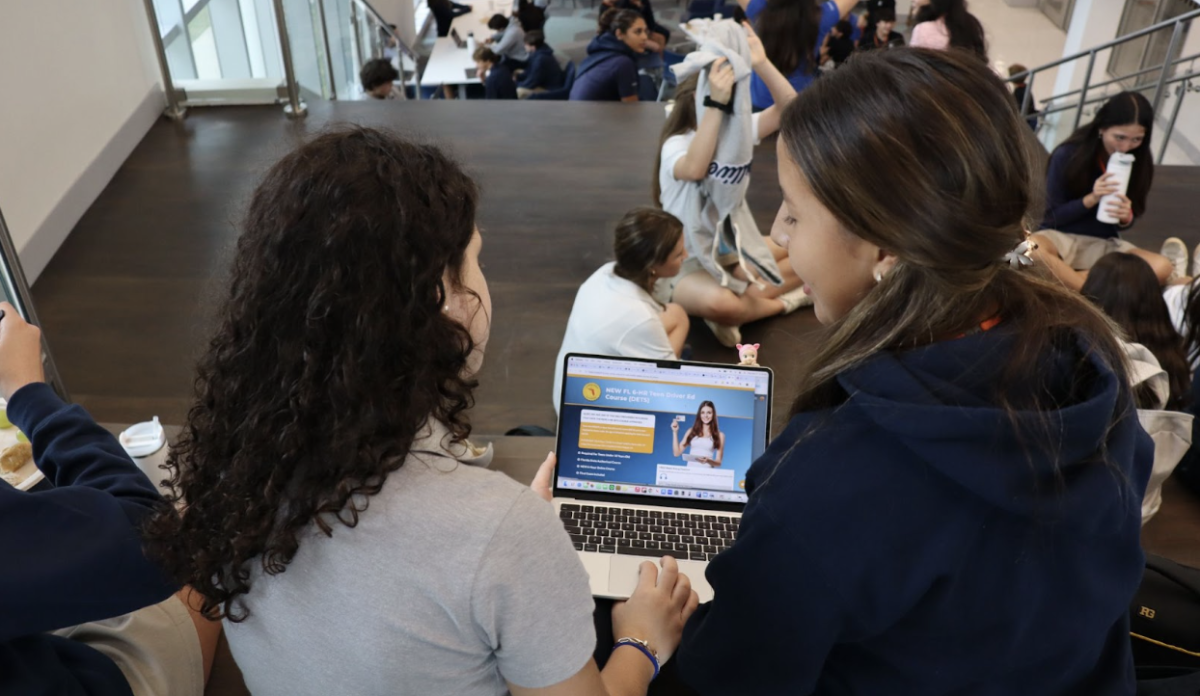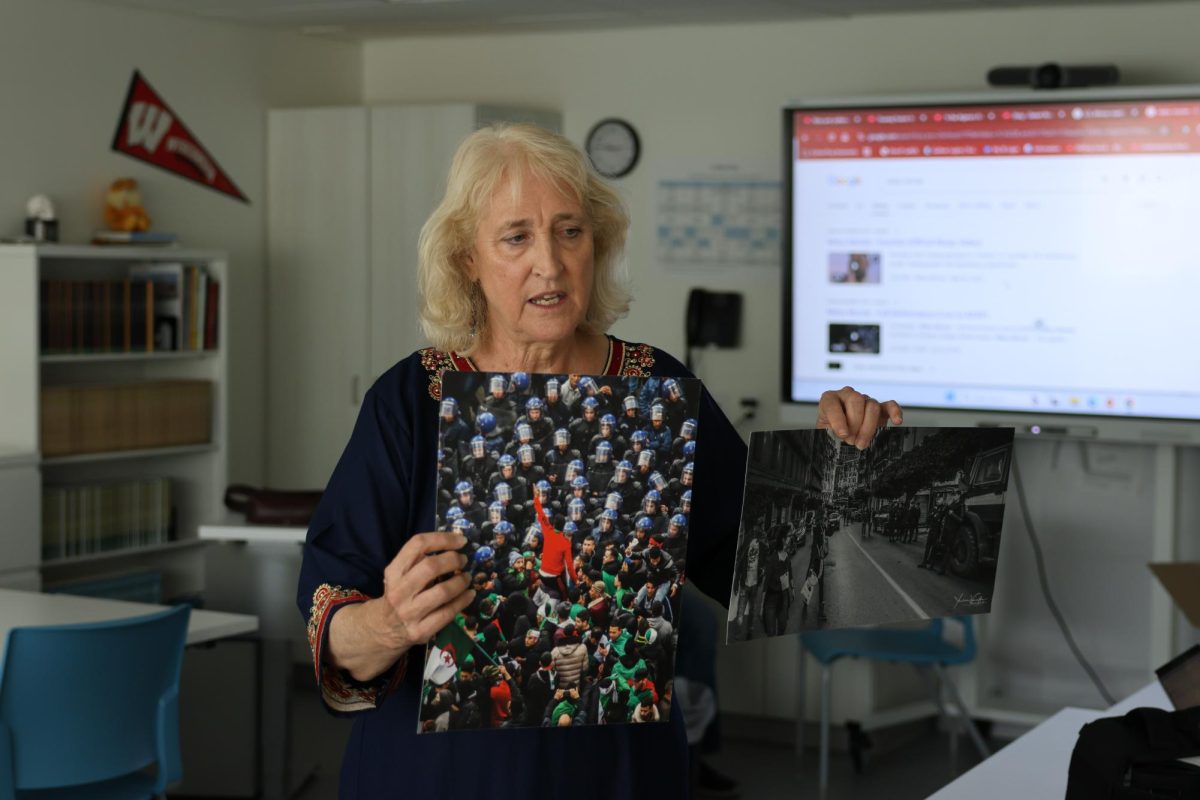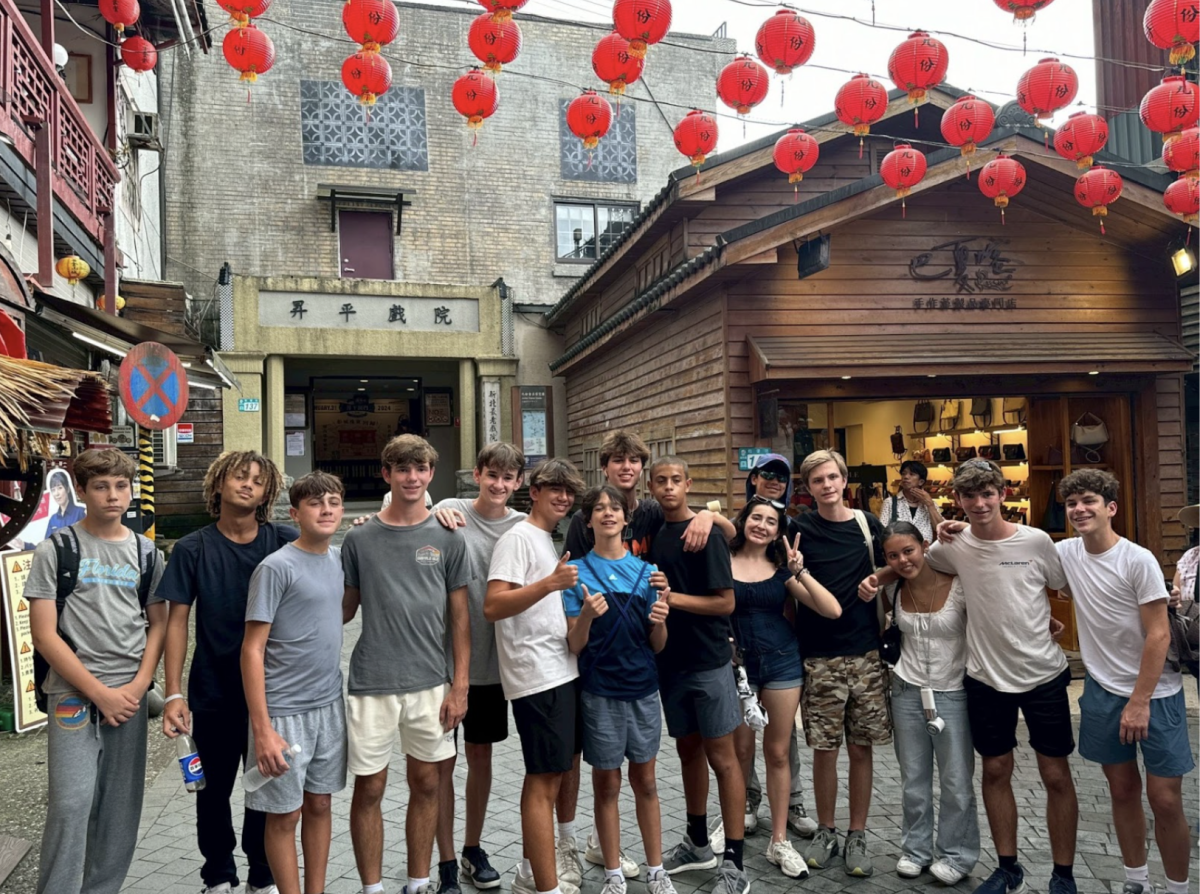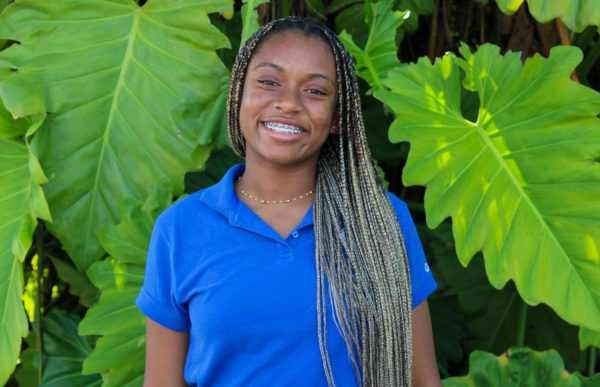On Jan. 20, students all over the United States turned to their TVs to witness the presidential inauguration of Donald Trump, who was sworn in for his second term as President. The Inauguration helped students see government policies happening in real life and see it being tied into Civics, Global Politics, and United States Government classes.
Government teacher Dr. Daniel shared his perspective on the importance of viewing such events.
“The inauguration serves as a vivid example of democracy in action. It gives students a chance to see the constitutional process at work and understand the leadership responsibilities,” Daniel said.
For some, like sophomore Khloe Timmer, watching the inauguration was not just about doing an assignment, but an enlightening experience.

“It was cool to see all of the traditions of the transfer of power and think about what this means for us as citizens,” Timmer said.
Directly after his swearing-in, President Trump issued a series of executive orders that set the tone for his second-term agenda. These executive orders have caused students and teachers to reflect on and discuss some of the uses of executive power regarding checks and balances among branches of government.
Some of the most significant executive orders included:
Immigration and Border Security: The President signed a national emergency at the U.S.-Mexico border to send troops and also reinstated a controversial policy that forces asylum seekers to return to Mexico. He said he would end birthright citizenship for children born of undocumented immigrants, a move many called illegal.
Environmental Policy: The U.S. began withdrawing from the Paris Climate Agreement. In addition, the Administration rescinded regulations on drilling and electric vehicle mandates, signaling a return to policies prioritizing traditional energy sectors.
Public Health and Social Policies: He initiated the formal process to withdraw the United States from the World Health Organization; federal orders he issued recognized only two genders, revoking the added protections against transgender discrimination.
Government Operations: He appointed Elon Musk to the Department of Government Efficiency and instituted a government-wide hiring freeze, except for military personnel.
Pardons: Controversially, President Trump pardoned an estimated 1,500 convicted individuals connected with the January 6 Capitol riot.
Social Studies teacher Ady Timmer explained how such actions have connected to classroom discussions.
“These executive orders provide real-world examples of how presidential powers work and sometimes clash with other branches of government. It’s a teachable moment to help students understand the complexities of policy-making and its impact on their own lives,” Timer said.
Students have debated these executive orders.
“It’s both cool and weird at the same time, in seeing how much power the President actually has and how much things can suddenly change,” senior Luciana Veloso said.
For many students, watching these developments unfold lessons in democracy and civic duty.
“In our International Politics advanced class, we often talk about how it is that leadership impacts citizens’ lives. To watch this all go down is, like, making me think about what kind of leader I would want to vote for someday,” said sophomore Angelina Gouchee.

The event also gave emotional responses, especially surrounding diversity initiatives and protection for marginalized groups.
“I was concerned. Seeing some of these orders, especially about diversity and gender, made me wonder how far we’ve come as a country. It motivates me to stay involved and learn more,” senior Charli Brambilla said.
The Inauguration marked history in the United States; however, the executive orders that day divided the nation’s political landscape. For students, it was a powerful reminder of the responsibilities of citizenship and the importance of staying informed.
Tribune: Tesla, SpaceX, and X CEO Elon Musk gestures while speaking during an inauguration event at Capital One Arena on Jan. 20, 2025, in Washington, DC. Donald Trump takes office for his second term as the 47th president of the United States. (Christopher Furlong/Getty Images/TNS)
Tribune: Newly sworn-in President Donald Trump takes part in a signing ceremony in the President’s Room following the 60th inaugural ceremony on Monday, Jan. 20, 2025, at the U.S. Capitol in Washington, D.C. Trump became the 47th president of the United States in a rare indoor inauguration ceremony. (Melina Mara/Pool/Abaca Press/TNS)
Tribune: U.S. President Donald Trump speaks as former U.S. President Joe Biden and former U.S. Vice President Kamala Harris look on during inauguration ceremonies in the Rotunda of the U.S. Capitol on Jan. 20, 2025, in Washington, D.C. Donald Trump takes office for his second term as the 47th president of the United States. (Chip Somodevilla/Pool/AFP/Getty Images/TNS)


